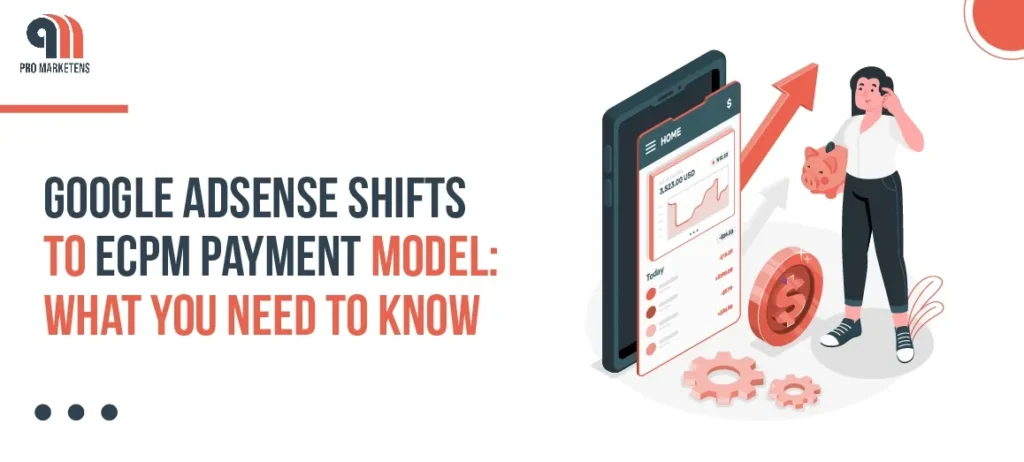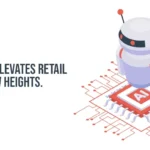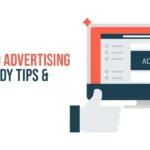If you’re a website owner or a content creator relying on Google AdSense to monetize your platform, you might have heard the buzz about a significant change in the payment model. Fear not; we’re here to break it down in simple terms.
What’s Changing?
Google AdSense is making a shift from the traditional Cost Per Click (CPC) and Cost Per Mille (CPM) payment models to a more streamlined approach known as eCPM, or effective Cost Per Mille. Let’s unravel the jargon.
Understanding the Old Models:
CPC and CPM In the old days (well, not that old), Google AdSense mainly worked with two payment models: CPC and CPM.
- CPC (Cost Per Click): Advertisers paid publishers for every click their ads received. If a visitor clicked on an ad on your site, cha-ching! You earned some revenue.
- CPM (Cost Per Mille): This model rewarded publishers based on the number of ad impressions, i.e., how many times the ad was displayed on your page. The “mille” in CPM stands for a thousand, so you were paid for every thousand impressions.
Both models had their merits, but the shift to eCPM aims to simplify things and offer a more comprehensive approach.
Introducing eCPM: Effective Cost Per Mille
Now, here’s where it gets interesting. eCPM is like a hybrid model that takes the best of both worlds and makes the payment system more adaptable.
This metric considers both clicks (CPC) and impressions (CPM) to calculate earnings. In other words, it measures the overall effectiveness of your ads, giving you a more holistic view of your revenue generation.

Benefits of eCPM:
- Flexibility: eCPM allows for more flexibility, catering to different advertiser goals. Whether an ad is clicked often or viewed frequently, the system optimizes earnings.
- Comprehensive Metrics: Instead of focusing solely on clicks or impressions, eCPM provides a comprehensive performance metric. It considers both aspects, giving you a more nuanced understanding of your ad revenue.
- Adaptable to Content Types: Different types of content may excel in different metrics. Some content might get more clicks, while others might attract a higher number of views. eCPM adapts to these variations, ensuring fair compensation.
- Better Revenue Predictions: With eCPM, you can make more accurate revenue predictions, helping you plan and optimize your content strategy.
How Does eCPM Work?
The calculation for eCPM is relatively straightforward:
eCPM=(Total EarningsTotal Impressions)×1000eCPM=(Total ImpressionsTotal Earnings)×1000
Here, “Total Earnings” represent your revenue, and “Total Impressions” include both ad clicks and ad views. Multiplying the result by 1000 gives you the eCPM value per thousand impressions.
Tips for AdSense Publishers:
- Monitor Performance: Keep an eye on your eCPM to understand how well your ads are performing. This metric gives you insights into the overall effectiveness of your content and ad placements.
- Experiment with Ad Formats: Different ad formats may yield different eCPM values. Experiment with various formats to see what works best for your audience and content.
- Optimize for User Experience: A positive user experience often translates to better engagement and, consequently, higher eCPM. Ensure that your ads complement your content without being intrusive.
- Diversify Traffic Sources: Diversifying your traffic sources can positively impact your eCPM. Explore various channels to attract a diverse audience.
What This Means for You?
The shift to eCPM is essentially Google AdSense’s way of simplifying the payment process while offering more comprehensive insights into your ad performance. For publishers, it means adapting to a more dynamic and adaptable system that considers both clicks and impressions in determining revenue.
As with any change, it might take some time to get used to the new model. However, the ultimate goal is to enhance your earnings and provide a more accurate reflection of your content’s value to advertisers.
In conclusion, the move to eCPM is a positive step toward a more streamlined and nuanced approach to ad monetization. Embrace the change, monitor your eCPM, and continue creating great content for your audience. After all, a happy audience often translates to happy advertisers, and that’s a win-win for everyone involved in the online ecosystem.






